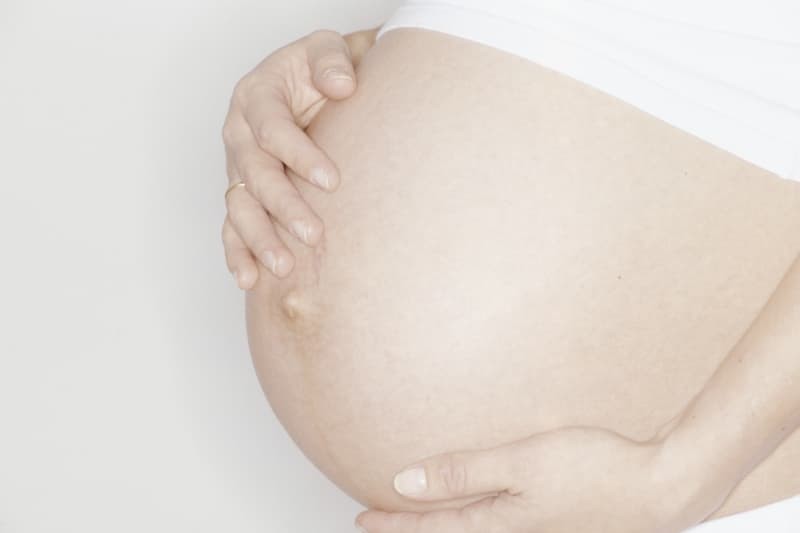
Research has shown that the use of hypnosis for childbirth results in shorter labours, reduced use of pain medications, higher Agpar scores, reduced surgical delivery and reduced postpartum depression.
The hypnobirthing programme is based on the book Childbirth Without Fear, by Dr. Grantly Dick Read. The founder of hypnobirthing, Marie Mongan, recognised that Read's patients were actually going into hypnosis and therefore added hypnotherapy to his basic philosophy.
Hypnosis, which is taught to couples attending hypnobirthing sessions, is a natural-occurring experience and can spontaneously occur many times a day. Daydreaming, not being aware of the passage of time, "automatic" driving, being absorbed in a book or movie, listening to music, being able to shut out one's surroundings by concentrating very hard on something else, are all examples of a hypnotic state. What separates hypnotherapy from the above activities is how the practitioner uses the hypnotic state.
Read's premise is that civilisation and culture have influenced the way a woman thinks of childbirth and, because of this, fear and anxiety concerning labour were introduced.
Researchers in the field of psychoneuroimmunology are providing evidence about the ways in which negative emotions generated by stressors can be translated into physiological changes. In pregnancy, fear and stress have a negative effect on the physiology of the body in both the pregnant women and her developing foetus.
Perceptions of fear and stress activate the sympathetic branch of the autonomic nervous system and activate the "fight or flight" response, thereby causing the secretion of stress hormones which prepare the body to engage in a protection response which results in both tension and a constriction of blood vessels in the body. As a result of this protection response, tension in the body gives rise to resistance and tension in the muscles in the womb which results in the pain experienced in childbirth. Also, blood flow is shunted away from the reproductive organs resulting in a lowering of oxygen supply to the baby.
In hypnobirthing, fear is reduced by suggestions which are given to the mother-to-be to free her from the social and/or cultural conditioning she has received from family members, friends and colleagues, many of whom seem to delight in telling "horror stories" of either their own birth experience or those of others. She is also given positive suggestions in the form of imagery, where she sees her body working as nature intended, and by post-hypnotic suggestions of deep relaxation and calm which will take effect as soon as she goes into labour. Tension is further relieved by teaching the mother-to-be controlled breathing and through self-hypnosis.
The hypnobirthing method of childbirth education is as much a philosophy as it is a technique. Its main advantages are the reduction of anxieties and fears, a calmer, more enjoyable birth, and a calmer baby.
To learn more, talk to a hypnobirthing specialist in your area.
Originally published on Jul 27, 2011








